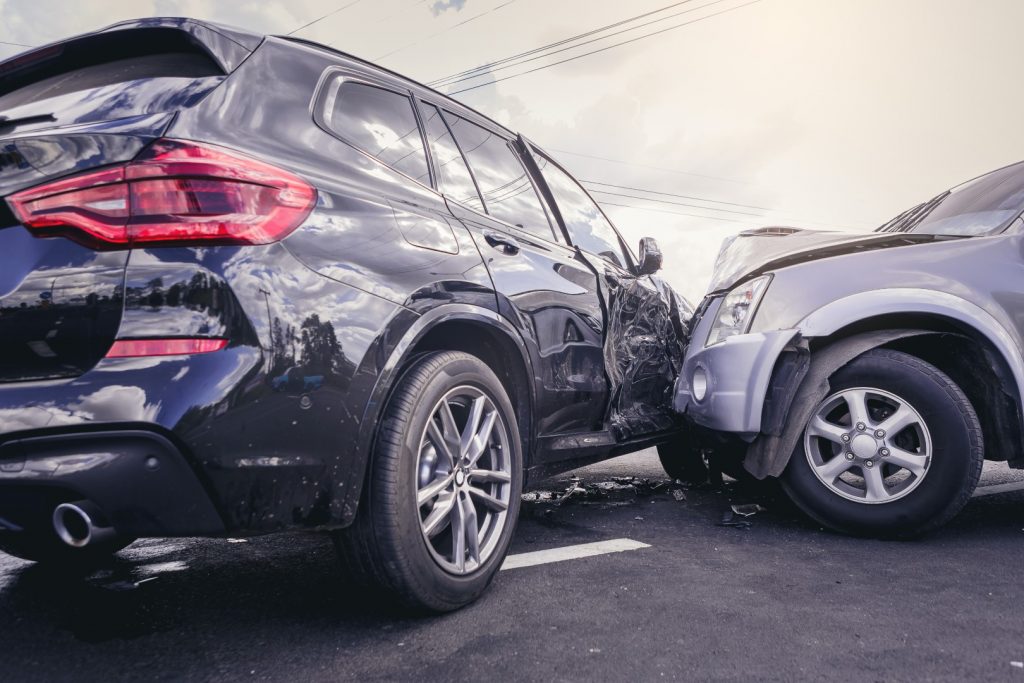
No one wants to end up in a car accident, but it’s good to know that your car is crash-worthy in case something does happen. How do you determine how well your car is likely to survive a crash, though?
People tend to look to crash ratings. Crash ratings in the United States come from two major agencies and a wide range of consumer reviews that often integrate ratings from the agencies. Let’s look at the rating systems of the two big agencies and how you might see data show up in third-party reviews.
NHTSA
The National Highway Traffic Safety Administration (NHTSA) is a branch of the U.S. Department of Transportation. Under the Highway Safety Act of 1970, the NHTSA establishes and enforces safety stands for all vehicles sold in the U.S. To that end, the NHTSA conducts annual crash tests to evaluate all new car models that hit the road.
The overall NHTSA rating goes from one to five stars, with five being the highest rating. The overall rating derives from frontal and side crash tests in addition to how well the vehicle resists compaction during a rollover. The NHTSA assigns one-to-five-star ratings for each of the tested subcategories.
You can search the NHTSA website for any vehicle by year, make and model. A good rule of thumb for making use of NHTSA ratings is to focus on vehicles with four- and five-star ratings. Likewise, you want to avoid vehicles that score below three stars in any specific category.
IIHS
The Insurance Institute for Highway Safety (IIHS) is a non-profit research foundation that performs similar testing to what the NHTSA does. Notably, insurers across the U.S. provide money to the IIHS to fund its research. In return, the insurers collect IIHS data so they can determine what premiums to charge for policies on specific vehicles. Likewise, the insurers integrate IIHS data into their larger analysis to determine payouts following accidents.
IIHS testing begins with a moderate overlap front test. This determines how well passengers would avoid injury if 40% of the vehicle’s front end collided with a barrier at 40 mpg. This simulates a very common crash scenario and also tests how well the safety cage and airbags are likely to perform.
There is also a small overlap test. This determines how well the vehicle would perform at the same speed if a strike affected 25% of the front end, simulating a collision with a pole or a tree.
IIHS also assesses side impacts and roof strength. Likewise, IIHS tests head restraints and seats to determine what forces are necessary to make them fail. Modern IIHS testing also assesses the quality of automated crash avoidance and mitigation technologies in cars. Be aware some older vehicles don’t have these technologies so you may not see IIHS ratings in the avoidance and mitigation categories.
The IIHS rating scale goes Poor, Marginal, Acceptable and Good. The best choice for drivers is to only purchase vehicles that have received a Good rating. Avoid all vehicles with Marginal or Poor ratings in even one category.
Third Parties
Many third party reviewers incorporate NHTSA and IIHS ratings into their reports. Organizations like Edmunds and Consumer Reports offer comprehensive vehicle reviews. They combine the NHTSA and IIHS data with their road tests and real-world consumer reviews covering features, owner satisfaction and reviewers’ reports.
Conclusion
In 2022, nearly 4,500 people died in motor vehicle accidents in just the state of California. Cars are being engineered to lower the number of deaths on our roads. Numerous free and reliable sources provide crash data about cars. Before you purchase a vehicle, check NHTSA, IIHS and third-party reviews to find out how crash-worthy it will be. A small investment in research could make a huge difference at the most important moment.
